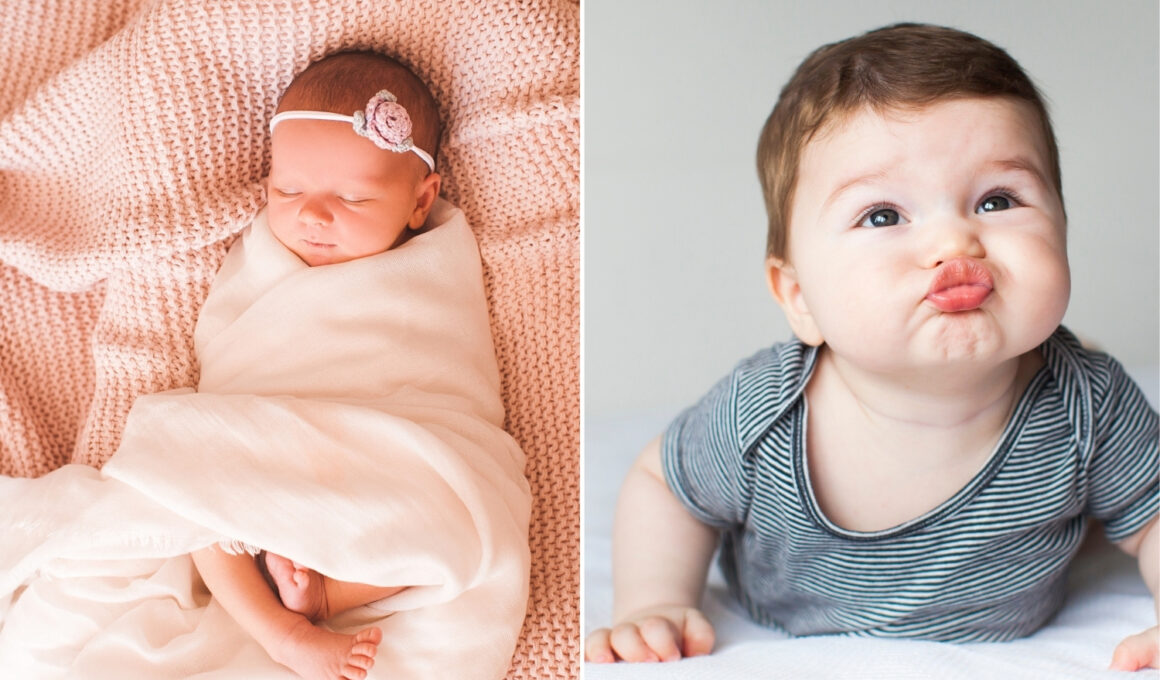In This Article Show
Have you ever noticed your baby humping their own body or a stuffed animal right before they fall asleep? Similar to crossing their ankles, this curious behavior may seem odd, but it’s common among babies.
It turns out there is a perfectly rational explanation for why babies hump themselves to sleep, and it has to do with how they process sensory information. Sleep humping also called a hypnagogic jerk, is a normal but relatively rare occurrence during which a person’s body involuntarily jerks or twitches while falling asleep.
As it may seem so weird to you that your baby acts this way before or while they sleep, you should understand that there are good reasons why they do this.
In this blog post, we’ll explore what purpose humping serves in babies and how to help them relax to get a good night’s sleep.
Brief Overview Of Sleep Humping
Humping is when an infant moves their hips back and forth in a rhythmic motion while lying on their stomach or side.
This movement is otherwise known as a hypnagogic jerk and usually occurs during naps or bedtime and can last for several minutes before the baby falls asleep.
Great deals to snatch for your little ones 🎉
While some babies may only do this occasionally, others do it every night as part of their pre-sleep routine. Additionally, it is most common in children and also in young adults. Although the exact cause of sleep humping is unknown, it is generally believed to be due to fatigue or stress.
Is Sleep Humping Normal For Babies?
Most parents have fond memories of their children humping things to sleep.
This is normal behavior for babies and young children. It is how they fall asleep. Humping is a way for them to release energy and tension. It is also a way for them to self-soothe and fall asleep.
Sleep humping is normal for babies and young children. It is a way for them to release energy and tension. It is also a way for them to self-soothe and fall asleep. If your child is humping to sleep, there is no need to be concerned. This behavior is perfectly normal and will eventually go away on its own.
Reasons Why Babies Hump Themselves To Sleep

There are a few possible reasons why babies hump themselves to sleep. One possibility is that it feels good. Another possibility is that they are trying to self-soothe by imitating the rocking motion that often helps adults fall asleep.
Some experts believe that babies may hump themselves to sleep because they are trying to release excess energy before bedtime. There are several other theories about why babies might engage in this behavior and they are as follows;
1. Comfort
Some experts believe that humping provides comfort to babies by helping them relax and fall asleep faster. The repetitive motion helps soothe them into a deep slumber, similar to how adults use rocking chairs or white noise machines for relaxation purposes.
2. Developmental Milestone
Others suggest that humping could be related to physical development milestones such as rolling over or crawling. By engaging in these motions, infants can practice new skills even while they’re sleeping.
3. Self-Stimulation
Finally, some researchers believe that humping is simply a self-stimulating behavior that gives babies pleasure and encourages them to keep doing it until they eventually drift off into dreamland.
How Can Parents Help Babies Stop Humping?
If you’re noticing your baby humping themselves to sleep, it’s likely nothing to worry about. This is a common behavior in young children and is perfectly normal. However, if you’re concerned about it or would like to stop it from happening, there are a few things you can try and they are;
1. Provide Comfort Items
Make sure your child has plenty of comforting items like stuffed animals or blankets nearby so they don’t feel the need to hump themselves for comfort purposes anymore. Also, make sure your baby is comfortable and has a good sleeping environment.
A quiet, dark room with a firm mattress will help them feel safe and relaxed. You can also try soothing them with a lullaby or gentle massage before bedtime.
2. Change Sleeping Positions
Try putting your baby down on their back instead of their stomach when they go down for naps or bedtime; this will make it harder for them to engage in the same movements since they won’t have access to the same range of motion from that position.
3. Lightly Retrain Them
If your baby is still humping to sleep, you can try lightly restraining their hands or legs so they can’t move as much. This may help to discourage the behavior. However, be careful not to restrain your child too tightly as this could cause them more anxiety and make the situation worse.
We can not overemphasize this enough, but always make sure to restrain them lightly in your arms until they finally fall asleep.
4. Distract With Toys/Activities
If all else fails, try distracting your little one with toys or activities right before bedtime so they don’t have time or energy left over for any extra movements once the lights go off.
Pro Tip: Ultimately, sleep humping is generally harmless and will likely stop on its own as your child gets older. If it’s something that’s bothering you or causing you a lot of concern, speak with your child’s pediatrician for more advice on how to handle it.
Final Thoughts
We hope that we have helped clarify why babies hump themselves to sleep. It is not something to be worried about, rather, it is normal behavior and part of the development process.
Humping can also be comforting and calming for your baby, thereby ultimately leading them to a restful night’s sleep. There are many different techniques you can use when helping your baby fall asleep without humping.
Whether it’s providing additional comfort items at nap time or changing up sleeping positions altogether as recommended in this article. But if all else fails and they are still doing it, don’t get worked up about it, as it is perfectly natural!













